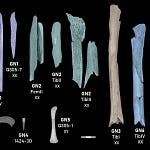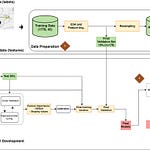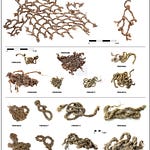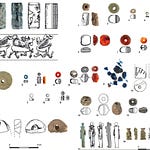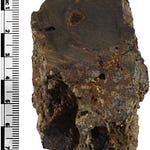From Local Ceremonies to Political Cosmologies
When the First Emperor of Qin unified China in 221 BC, he did so with armies, decrees, and standards—weights, measures, and script. Yet the foundations of that unification were laid centuries earlier, not in battlefields or palaces, but in the layered soil of ritual platforms where communities once gathered to honor the earth itself.
At Qianzhongzitou, a site in Shandong Province occupied for more than a millennium, archaeologists have uncovered three monumental earthen platforms dating to the Western Zhou (c. 1046–771 BC) and Warring States (c. 475–221 BC) periods. Each was built with deliberate precision: alternating layers of colored soils, signs carved with the character 土 (tu, “earth”), and evidence of communal feasting.
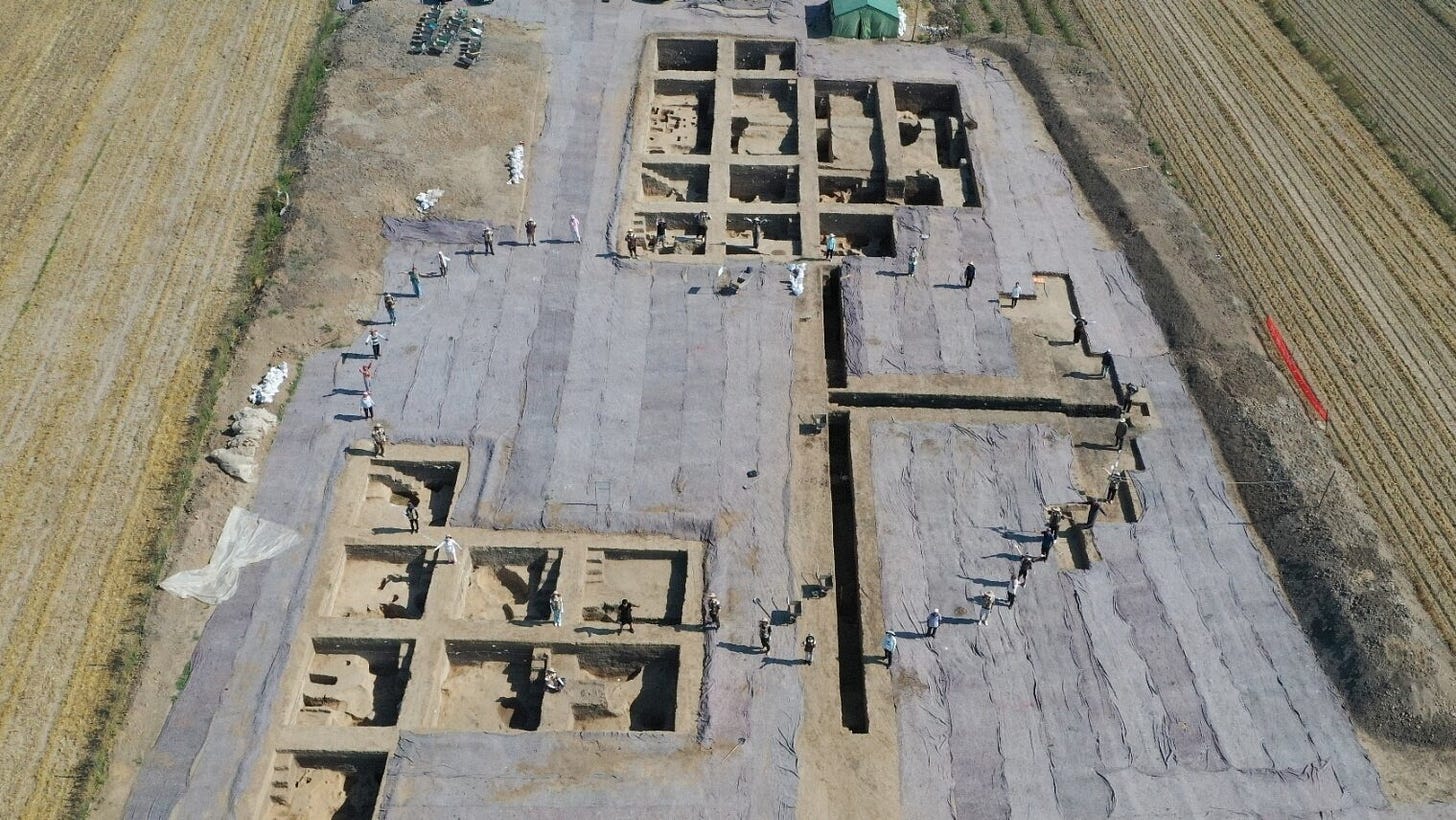
These discoveries, published in Antiquity1 by Dr. Qingzhu Wang of Shandong University and an international team of collaborators, are forcing a rethinking of how political unity first took shape in early China. The platforms at Qianzhongzitou, they argue, were not simply stages for ritual spectacle. They were instruments of integration—where political order was performed, rehearsed, and made real through shared acts of devotion.
“Ritual spaces like Qianzhongzitou were not passive backdrops to state expansion,” says Dr. Li Fang, an anthropologist at Peking University. “They were active technologies of governance, where participation in collective ceremony became a way to express—and enforce—belonging.”
Listen to this episode with a 7-day free trial
Subscribe to Anthropology.net to listen to this post and get 7 days of free access to the full post archives.


